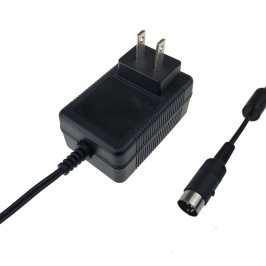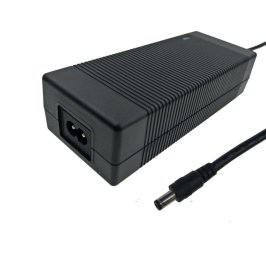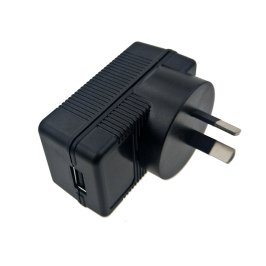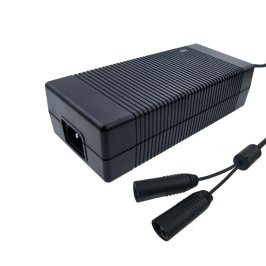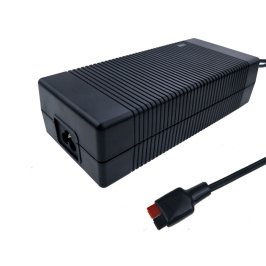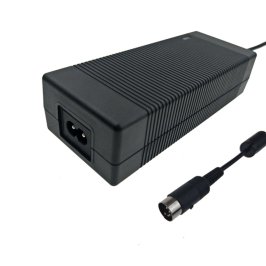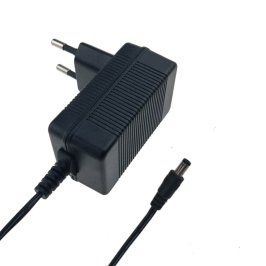A
21v charger is judged by the battery voltage level, so how does the
21v charger automatically detect the battery voltage during charging? For example, to detect the battery voltage, we need to open the battery circuit and then use a multimeter test. But as the charger and battery are connected together, we don't know whether the voltage detected is of the battery or of the output voltage of the
21v charger.
1. The full name of a general charger is called a power adapter, which is often sold in combination with the product, so the manufacturer is familiar with the performance of the battery.
2. If it is a universal charger, it is because the voltage value of the battery on the market is not much different. Even if there is a deviation, it generally meets the standards adopted by each country. In other countries, Japan and the United States, chargers often cannot be shared due to different voltages used.
3. In a country, the production of the battery is not particularly sophisticated, no battery can be done the same as others. And batteries can afford large breakdown voltage, so the manufacture of the power adapter is not particularly big.
4. The test voltage mentioned above is usually designed when the battery is designed because the battery uses the principle of a chemical reaction of the original battery. So you just give the formula and the reaction mechanism.
5. Charging is only about charging a small voltage at high voltage. The manufacturer will mark the specific value on the battery and charger, which can be chosen by comparison. As for the output voltage of the charger, you can calculate it by knowing the various electrical components and circuits inside as well as the civil voltage used. Connect a galvanometer in series with the battery to be tested, and connect a variable voltage in series. Change the variable voltage, observe the ammeter, when the ammeter indicates in the middle, you can generally consider the variable voltage as the battery voltage.
 English
English  日本語
日本語  한국어
한국어  français
français  Deutsch
Deutsch  Español
Español  italiano
italiano  русский
русский  português
português  العربية
العربية  中文
中文
